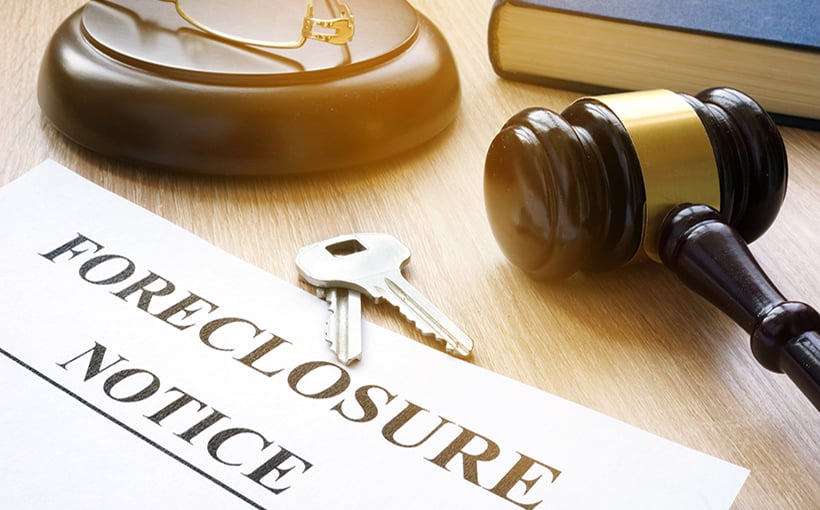Exploring the Truth Behind Office Foreclosures
This article is part of a series that delves into the reality behind negative headlines surrounding the office sector. Previous articles have covered topics such as “Unraveling the Office ‘Doom Loop'” and “Digging into Office Debt Maturities.”
The foreclosure process can be a difficult experience for both lenders and borrowers. In this situation, if a borrower is unable to meet their repayment obligations, the lender takes control of their property with assistance from the court. The lender may then choose to continue operating or sell off the asset in order to recoup losses.
During the Great Financial Crisis, banks found themselves owning both residential and commercial real estate due to borrowers defaulting on mortgages. Now, nearly fifteen years later, reports indicate that office owners who are unable to pay their debt are once again turning over their buildings to lenders through deeds in lieu of foreclosure.
Accordingly data from CoStar , during Q2 2023 office buildings accounted for 43% of all deed-in-lieu foreclosures compared with an average of only 20% throughout all of 2022.
Experts say that while it’s clear many office building owners are struggling at present time; they also stress that borrowers and lenders alike remain focused on finding solutions rather than simply giving up or handing back properties altogether.
Adam Finkel , Managing Director at Tower Capital explains: “For most part we’re seeing more flexibility being offered by lenders as opposed them rushing towards divesting assets given current market conditions.”
Hayim Mizrachi , Principal & Managing Director at MDL Group adds: “There’s actually much more happening than people might assume when jumping straight towards comparisons between today’s market conditions versus those seen during The Great Financial Crisis – where it was assumed every single property would end up going back onto bank books.”
Eli Randel , Vice President Commercial Real Estate Exchange Inc (CREXi) says that lenders are much more willing to work with office borrowers today than they were in 2009, as those issuing loans understand their role is not to manage or operate properties.
“Many lenders recognize that the operator is better suited for maximizing collateral value and may seek to extend loans,” Randel comments. He adds that deed-in-lieu agreements have been one of several solutions used by both borrowers and lenders – rather than going through the costly foreclosure process. Other methods include discounted payoffs (whereby a lender accepts less than what’s owed) or loan modifications.
Randel explains: “Lenders tend not be entrepreneurial operators; so disposing of assets can result in significant losses and write-downs, whereas extending terms could preserve some value even if it means waiting longer.”
Adam Showalter , Managing Director at Stream Realty Partners notes how “extend-and-pretend” was a common term during The Great Recession when many servicers simply deferred costs or risks until later on down the line. However he believes this term no longer applies within today’s market conditions:
“The traditional idea behind ‘pretending’ represents denial over any degradation in asset values while extending current loan terms,” Showalter said.”The better depiction nowadays would be ‘accepting’ such deep reductions before then partnering up.”
Showalter continues: “Under this scenario, lenders fully understand there has been significant devaluation but instead of taking ownership themselves they’re instead choosing to restrict certain clauses within existing loan agreements with owners – allowing them time weather out these difficult times together.”
Tony Russo , Senior Vice President at Lee & Associates concludes by saying unlike what happened back during late 2000s where foreclosures occurred en masse; we’re still far from seeing anything like this happen again anytime soon:
“We’ve yet see mass foreclosures occur here locally,” Mizrachi observes.“Even though property values have decreased somewhat since last year – buildings still hold equity. Owners can choose to add equity in order to refinance, or alternatively accept lower distributions and higher interest rates.”
Russo adds: “We’re going see a lot more creative financing arrangements being made moving forward – for example joint ventures and new partnerships which bring fresh capital into the property.”




